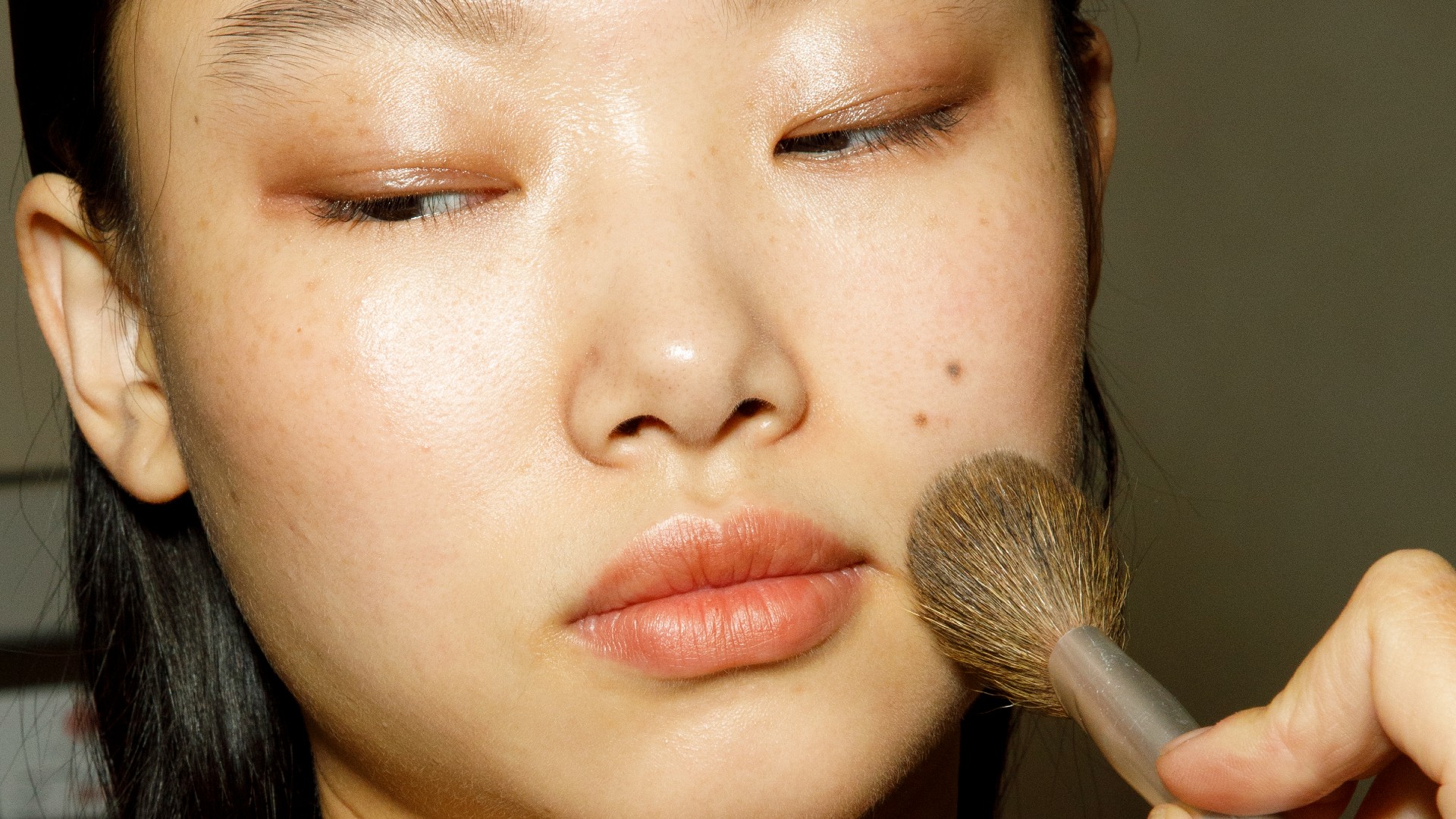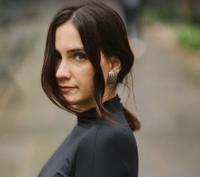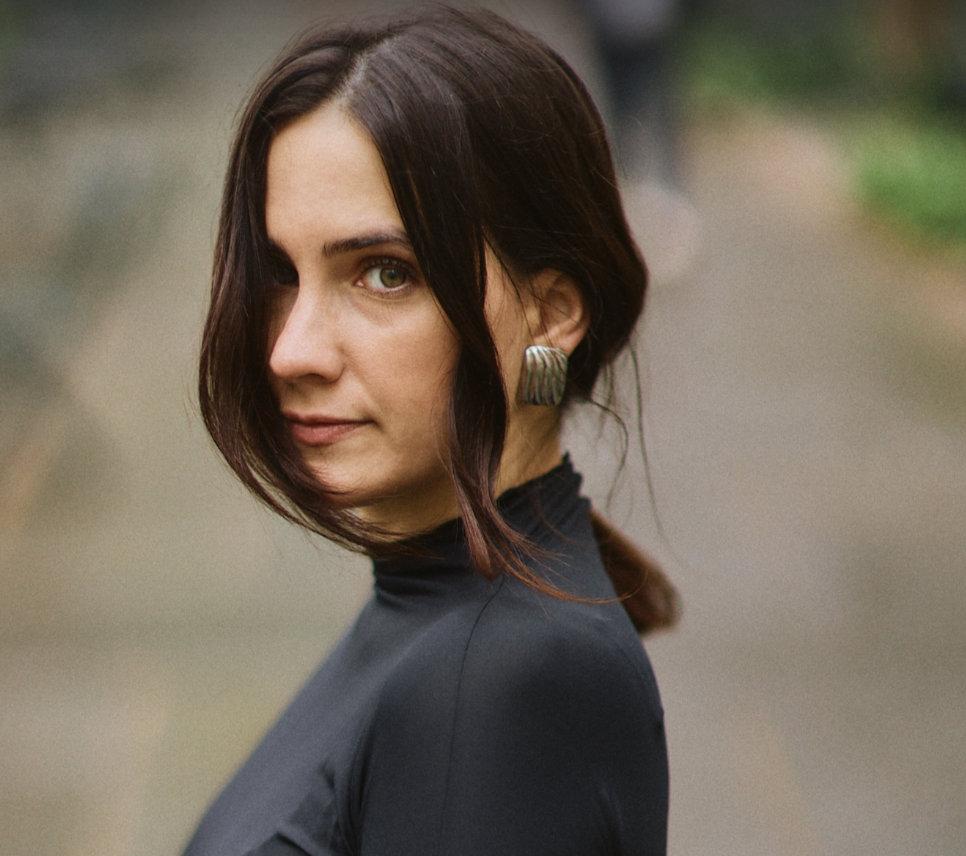The Real Difference Between Bronzer and Contour
We spoke to makeup guru Nick Lujan to get a definitive answer.


Even if you’re a makeup pro, figuring out the difference between the best bronzer and contour can be confusing. Historically used interchangeably or marketed as two-in-one-style products, finding the best in both categories used to be a challenge—especially since, until recently, there wasn’t a dedicated industry for contour. However, I’m here to set the record straight. And when I say I'm going to do so, I'm really talking about Nick Lujan, the Global Director of Artistry & Education at Kevyn Aucoin. If you ever saw a photo of a super-sculpted supermodel from the ‘90s, that was probably because of Aucoin’s artistry.
Ahead, Lujan breaks down what the difference is between between the best bronzers and the best contouring products; how to apply the contour of your choice; what bronzer should traditionally be used for; and how to get the most out of both of your products.
Bronzer vs. Contour
Lujan defines bronzer as products that are “always sheer with a warmer—yellow, golden or peach [or] orange—undertone, have a bit more glow to them." He adds that bronzers are used to “warm the complexion and add radiance.” Bronzers are most commonly found in two formulas—cream bronzers and powder bronzers—but can also be found in liquid form, too.
Sculpting and contour shades, on the other hand, “should be buildable coverage with a bit of a cooler—greige [or] red—undertone and have a matte/light-absorbing finish to help push features back,” Lujan says.
Undertones
Undertones are critical when shopping for a bronzer, and the undertones in bronzers for dark skin tones and bronzers for fair skin vary greatly. However, there are some hard-and-fast rules when comparing bronzer and contour. "Bronzers should be warmer on all skin tones,” says Lujan, noting that “contouring shades do change based on skin tone.”
“If you are ever in doubt for which shade suits you, look at your face in the mirror and study the natural shadows. Seek out contour shades similar to those natural shadows,” Lujan adds.
Where to Apply
While there's plenty of advice out there about how to contour your specific face shape, Lujan says that every single face is different—and your contour application should be, too. “One of my favorite tips is to look at your features in a dim light setting, with one source of light and study how the shadows naturally form as you tilt your face at different angles,” Lujan says about figuring out how and where to apply. “The goal is to find a flatting shadow and recreate it with a contour shade.”
Still unsure? Lujan notes that “typical places to sculpt are the hairline, the hollows of the cheek, the crease of the eye, the sides and tip of the nose, under the chin and under the jaw line.”
The rules for applying bronzer, on the other hand, have more to do with finding the places on your face where the sun naturally hits. Think: your forehead, the bridge of your nose, and your cheeks.
Meet The Expert

Nick Lujan is a New York based professional makeup artist, team leader, trainer and educator with over 15 years of experience in the industry. Nick is widely recognized for a unique approach to coaching & developing artistry in others, and an artistic ability to flex and blend styles within the beauty, editorial, creative and fx worlds. As a trained makeup artist and educator, Nick has worked with major cosmetics brands, providing insight encompassing team development, artistry, product development, artist relations and creation and facilitation of educational programs. Nick’s work has been shot by photographers Mike Ruiz, Ellen von Unwerth, Miguel Herrera, Warren Giddarie & Ylva Erevall.
Get exclusive access to fashion and beauty trends, hot-off-the-press celebrity news, and more.

Julia Marzovilla is the Fashion E-Commerce Editor at Marie Claire, where she reviews the latest launches from fashion and beauty brands, finds the best on-sale items around the internet, and interviews experts to find the best products in any category to share with her readers. She also creates shopping guides that span every vertical on the site as an expert in everything from the best laptop bags to the best laser hair removal devices.
In her near decade of experience, Julia has both written for several top outlets in the E-Commerce space and worked at major fashion labels. Prior to joining the Marie Claire team, she contributed similar shopping stories to sites such as Bustle, InStyle, The Zoe Report, Who What Wear, and worked as the Trending Fashion and News Writer STYLECASTER. You can find her across the internet at @JuliaMarzovilla. In real life, you can find her creating shopping guides for her friends, cooking or baking in her too-small kitchen, or buying tickets for the next time Harry Styles is in town.
Julia has a Bachelor’s degree in English with a minor in Journalism from Loyola Marymount University in Los Angeles, California. She lives in New York City, her hometown.